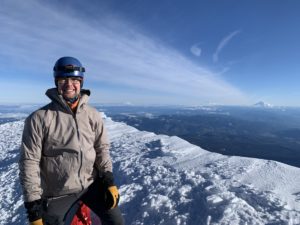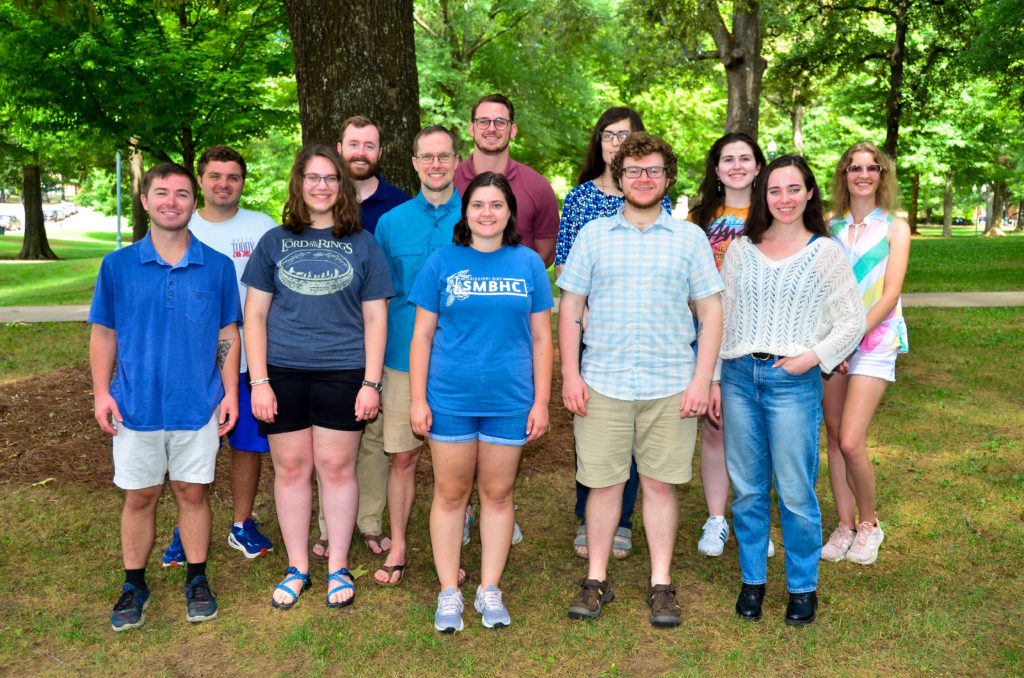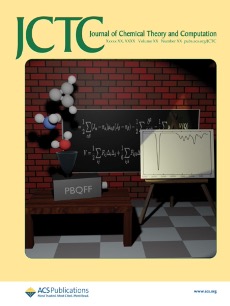
MolSSI Community Highlight: Prof. Ryan C. Fortenberry, University of Mississippi
MolSSI Community Highlights spotlight exceptional examples of research and education enabled by MolSSI software and educational resources.

Dr. Ryan C. Fortenberry, Associate Professor of Chemistry at the University of Mississippi, and his group focus on Theoretical Astrochemistry. They use computers to simulate the way light interacts with molecules and how molecules interact with each other in space. They have utilized MolSSI software in their work with the MOPAC program, an open-source semiempirical thermochemistry software for calculating molecular properties. In this post, Prof. Fortenberry shares with us how they are leveraging the MolSSI software to reparameterize semi-empirical methods for the computation of anharmonic vibrational frequencies.
MolSSI:
Can you give us a short summary of your research area and what your group is currently working on?
Professor Fortenberry:

My group focuses on Theoretical Astrochemistry. We use computers to simulate the way light interacts with molecules in space and how molecules interact with each other in space. Currently, we have been working to reparameterize semi-empirical methods for the computation of anharmonic vibrational frequencies for the prediction of IR spectra for polycyclic aromatic hydrocarbons (PAHs) with application to ongoing observations from the James Webb Space Telescope (JWST).
MolSSI:
Could you tell us how MolSSI software tools or resources have been employed to meet specific research objectives in your projects?
Professor Fortenberry:
The Basis Set Exchange is used in all of our projects, as the ready translation between quantum chemical packages for basis sets within the exchange is the easiest means of importing new basis sets.
The MOPAC program is one of the most readily accessible quantum chemical codes that includes semi-empirical methods. Changes to the house-made programs that utilize MOPAC as part of the workflow are able to be run on local computers (rather than only on supercomputer clusters) and even integrated with the GitHub continuous integration features thanks to the fact that MOPAC is now open-source and easily installable.
MolSSI:
Can you tell us about what features of MolSSI’s software were the most useful to you?
Professor Fortenberry:
While semi-empirical computations are available in numerous quantum chemical codes, the open-source nature of MOPAC allows for numerous additions that are unique to our applications. My student, Brent Westbrook, has been able to contribute code to MOPAC to be able to utilize new semi-empirical parameters as part of the input file instead of requiring a separate external file. MOPAC’s flexibility also allows the most useful number of significant digits for the PAH applications to be printed in the output file. This has allowed Brent to develop an exceptionally streamlined protocol for optimizing the parameters for our PAH IR frequency computations for JWST.
MolSSI:
It’s amazing to see the role MolSSI’s software has played in your project’s development! Could you share any scientific findings or results from your research?
Professor Fortenberry:
Quartic force fields (QFFs) are fourth-order Taylor series expansions of the potential portion of the Watson Hamiltonian. While sparse compared to a global potential surface, they still scale geometrically with the number of atoms. Hence, the use of these as a means of computing anharmonic vibrational frequencies has typically been limited to small molecules. The use of MOPAC and reparameterized semi-empirical methods trained thereon has enabled us to compute fully anharmonic spectra of PAHs of up to 3 rings (~25 atoms; on a laptop!) in preliminary tests with 10 rings a distinct possibility. Our preliminary tests indicate that we may be able to handle PAHs of up to 10 rings.

MolSSI:
Those sound like significant advancements, and it’s fantastic to see how MolSSI resources have helped your research. Thank you for taking the time to share your experiences and insights with us!
If you’d like to read more about Professor Fortenberry’s work, we encourage you to attend the upcoming MOPAC user group meeting and to see the following links and publications.
(1) Westbrook, B. R.; Layfield, J. P.; Lee, T. J.; Fortenberry, R. C. Reparameterized Semi-Empirical Methods for Computing Anharmonic Vibrational Frequencies of Multiply-Bonded Hydrocarbons. Electron. Struct. 2022, 4 (4), 045003. https://doi.org/10.1088/2516-1075/aca458.
(2) Westbrook, B. R.; Fortenberry, R. C. Pbqff: Push-Button Quartic Force Fields. J. Chem. Theory Comput. 2023, 19 (9), 2606–2615. https://doi.org/10.1021/acs.jctc.3c00129.
